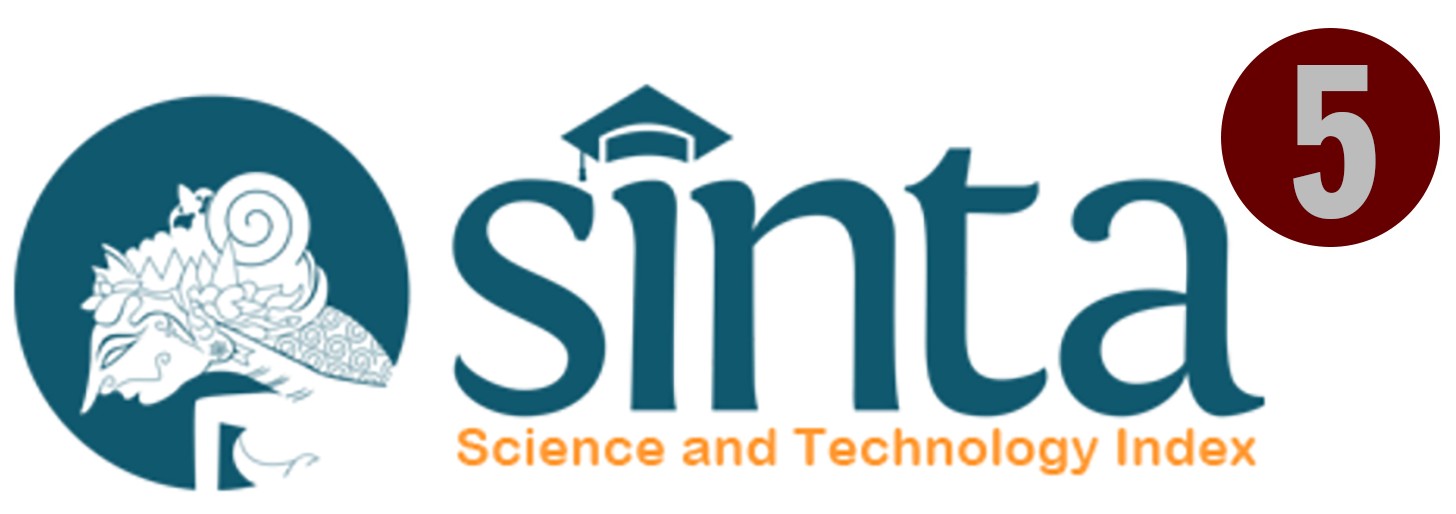Analysis of the Implementation of the Contractor Safety Management System (CSMS) in the Implementation Phase at PT X Ogan Komering
DOI:
https://doi.org/10.12928/posh.v3i1.11335Keywords:
CSMS, Sistem Manajemen K3, Oil &GasAbstract
The high intensity of the project and stages of work at PT X Ogan Komering, so it requires contractors and subcontractors to operate in the area. Overall at PT X there are 70% of workers from contractors, so work accidents are more prone to occur in contractor workers, so it is important to ensure that contractors prioritize aspects of Occupational Safety and Health (K3). One approach to achieving this goal is to implement a CSMS, which ensures that contractors include OSH aspects in the project being undertaken. The implementation of CSMS often faces challenges, such as contractors' limited understanding of CSMS, for which efforts are needed to overcome these obstacles and prevent errors among workers that can cause incidents. The design of this study uses a descriptive qualitative method with a case study design with data collection from interviews, observations and document reviews. The Contractor Safety Management System (CSMS) consists of 2 Phases, namely Administration and Implementation, in the Implementation Phase consists of Pre-Work Assessment (PSB), Running Assessment (PB), and Final Assessment (PA). In general, the implementation of CSMS has gone well, this can be seen from the availability of SIKA, SIM-L and there is also Safety Induction as a step to minimize the risk of accidents. The supporting and inhibiting factor in the implementation of CSMS is the awareness of all parties involved. If awareness in the implementation of CSMS is lacking, its implementation will be hampered. The implementation of CSMS has been well underway and has succeeded in increasing OSH awareness and reducing work incidents, but it needs to increase supervision and socialization of contractor workers, especially in high-risk jobs.
References
Atmojo, B. C. E., & Koesyanto, H. (2019). Potensi Bahaya Keselamatan dan Kesehatan Kerja di Bengkel Reparasi Elektronik. Higeia Journal of Public Health Research and Development, 3(3), 394–406. https://doi.org/10.15294/higeia.v3i3.31000
Basri, S., Kadir, A. R., & Umar, F. (2019). Implementasi CSMS dan Faktor-Faktor yang Mempengaruhi Efektivitasnya terhadap Kinerja Safety Kontraktor di PT Vale Indonesia. Hasanuddin Journal o Applied Business and Entrepreneurship, 2(2).
Ditjen Binwasnaker & K3. (2022). Profil Keselamatan dan Kesehatan Kerja Nasional Indonesia Tahun 2022. Kementerian Ketenagakerjaan Republik Indonesia.
Handayani, P., & Modjo, R. (2016). Metode Online Dalam Pelaksanaan Contractor Safety Management System. Kongres Nasional IAKMI 2016, 9.
IOGP 423-01. (2017). Contractor HSE Capability Assessment and Scoring System (Vol. 423, Nomor April).
IOGP 432-01. (2017). Management of Subcontractors and Temporary Workforce in Geophysical Operations Share Record (Nomor November).
ISO 45001. (2018). Occupational health and safety management systems – Requirements with guidance for use. Internationan Standar Organization.
PP No 50. (2012). Peraturan Pemerintah Republik Indonesia Nomor 50 Tahun 2012 Tentang Penerapan Sistem Manajemen Keselamatan dan Kesehatan Kerja.
Pradani, M. R., Maharani, M. D. D., & Ramli, S. (2021). Efektifitas Implementasi Contractor Safety Management System (CSMS) Terhadap Penurunan Tingkat Kecelakaan Kerja Di PT X. Jurnal Migasian, 5(1), 19–29. https://doi.org/10.36601/jurnal-migasian.v5i1.146
Ramli, S. (2013). Smart Safety Panduan Penerapan SMK3 yang Efektif. PT Dian Rakyat.
Santoso, K. D., Wahyuni, I., & Kurniawan, B. (2015). Analisis Implementasi Contractor Safety Management System (CSMS) Terhadap Pekerjaan Berisiko Tinggi Di Pt Pertamina (Persero) Refinery Unit Iv Cilacap. Jurnal Kesehatan Masyarakat (e-Journal), 3(3), 475–484. https://doi.org/10.14710/jkm.v3i3.12415
SKK Migas. (2021). Sinergi dan Kolaborasi, Menciptakan Ekosistem Hulu Migas Berkelanjutan untuk Mencapai Tatget Produksi Jangka Panjang.
SKK Migas. (2022). Transformasi Hulu Migas Untuk Meningkatkan Aktivasi dan Investasi.
Suaery, A., & Kurniawan, Z. (2016). Analisis Implementasi Contractor Safety Management System (CSMS) Pada Tahap Persiapan Kerja Di Coca Cola Amatil Indonesia (CCAI) Semarang. Jurnal Kesehatan Masyarakat (e-Journal), 4(3), 646–656. https://doi.org/10.14710/jkm.v4i3.13433
Tarwaka. (2014). Keselamatan dan Kesehatan Kerja (K3): Manajemen dan Implementasi K3 di Tempat Kerja. Harapan Press Surakarta.
Downloads
Published
How to Cite
Issue
Section
License
Copyright (c) 2024 Muchamad Rifai

This work is licensed under a Creative Commons Attribution 4.0 International License.
Authors who publish with POSH (Periodicals of Occupational Safety and Health) agree to the following terms:
- All articles published are Open Access which means they will be immediately and permanently free for everyone to read and download. We use the CC-BY-SA license options under the Creative Commons Attribution License (CC BY-SA 4.0). Creative Commons Attribution License (CC BY-SA 4.0). CC-BY-SA assures that all works will be available under CC-BY-SA always and no risk of commercial actions against the will of the copyright holder.
- Anyone can use, copy and disseminate the material in any medium or format; as well as re-use, re-mix, transform, and build upon the material for any purpose, even commercially. However, they must acknowledge the authors by giving appropriate credits (cite to the article or content), provide a link to the license, and indicate if changes were made and use under the same license as the original.
- Authors have the right to retain patent, trademark, and other intellectual property rights (including research data).
- Authors have the right to proper attribution and credit for the published work.
Copyright Transfer Agreement
- Universitas Ahmad Dahlan as the publisher of the POSH (Periodicals of Occupational Safety and Health), the Editors, and the Editorial Board Members of the POSH (Periodicals of Occupational Safety and Health) make every effort to ensure that no wrong or misleading data, opinions, or statements are published in the journal. In any way, the contents of the articles and circulars published in the POSH (Periodicals of Occupational Safety and Health) are the sole and exclusive responsibility of their respective authors.
- The publisher may revoke the publication for violating the ethical code of conduct.







